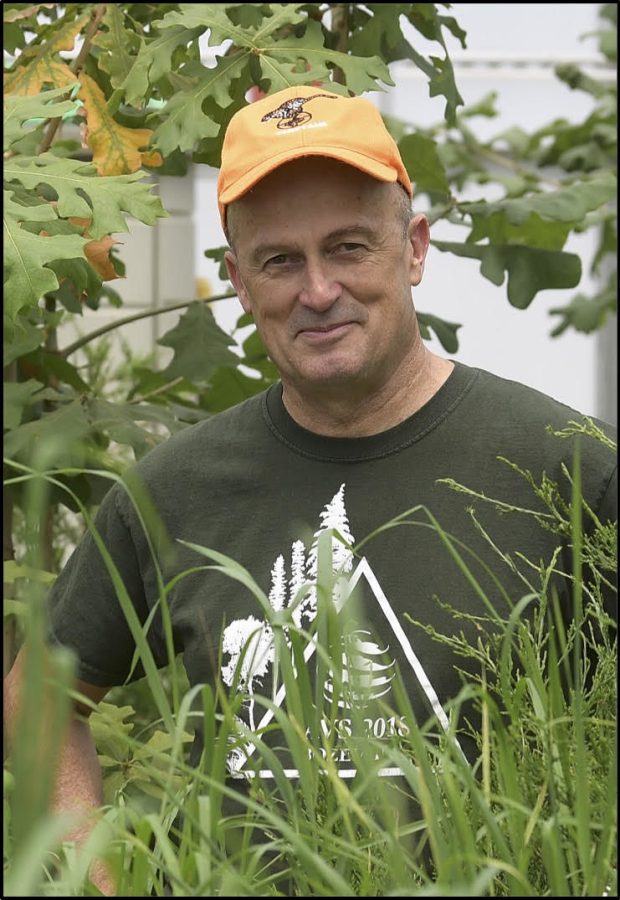Kent State professors work on Eastern Red Cedar expansion research
August 24, 2019
A Kent State researcher is leading a project to study a type of evergreen tree that is native to the United States and expanding its range into the Great Plains.
David Ward, a biological sciences professor, said there are five investigators who are working on the project. Oscar Rocha, an associate professor in the department of biological sciences, is one of the investigators who will be working alongside Ward.
“Oscar is going to be studying the population genetics of the species,” Ward said. “And going to be looking at the genetics to see if there are different populations in different areas.”
By expanding to the Great Plains, the tree, which is called the Eastern Red Cedar, is taking up land that could be used for grazing cattle and sheep. The investigators want to see what different aspects are affecting the Eastern Red Cedar’s growth and expansion, Ward said.
“This (The Eastern Red Cedar tree) is a species that has cones that are consumed by birds, most often by birds, such as the cedar waxwing, which is where it gets its name,” Ward said. “They eat these kinds and then they fly off somewhere else and they disperse the seeds and they pass through the guts.”
Juliana Medeiros, a scientist at the Holden Arboretum, is studying the ecophysiology of these plants, which is the next phase. Sarah Supp, a co-investigator based at Denison University, is using citizen science for birdwatchers for monitoring the cedar waxwing. Gil Bohrer, a professor at the Ohio State University, is going to put all these different pieces of information into a model, Ward said.
“(Bohrer) will put all these details into a model. One other aspect we are also looking at is the effect of elevated carbon dioxide,” Ward said. “If we look at carbon dioxide across the world, it’s steadily been increasing at least since it was first measured in 1958, and it’s not at a point where it’s about 400 parts per million and this is mostly due to burning fossil fuels, including motor cars and motor vehicles.”
Ward said it’s important to understand why the species is changing because while it has always lived and occurred in this country, something has suddenly caused it to increase in abundance and distribution.
“We want to build these factors into a model to try and predict what will happen in the future and which direction will be a spatially explicit model,” Ward said. “Which means that we’re looking at the direction that it’s likely to change and to see which direction they are likely to expand the most, where it’s going to be a problem in the future and then we can hopefully also help them in their ranches too.”
Sara Al Harthi is a general assignment reporter. Contact her at [email protected].












